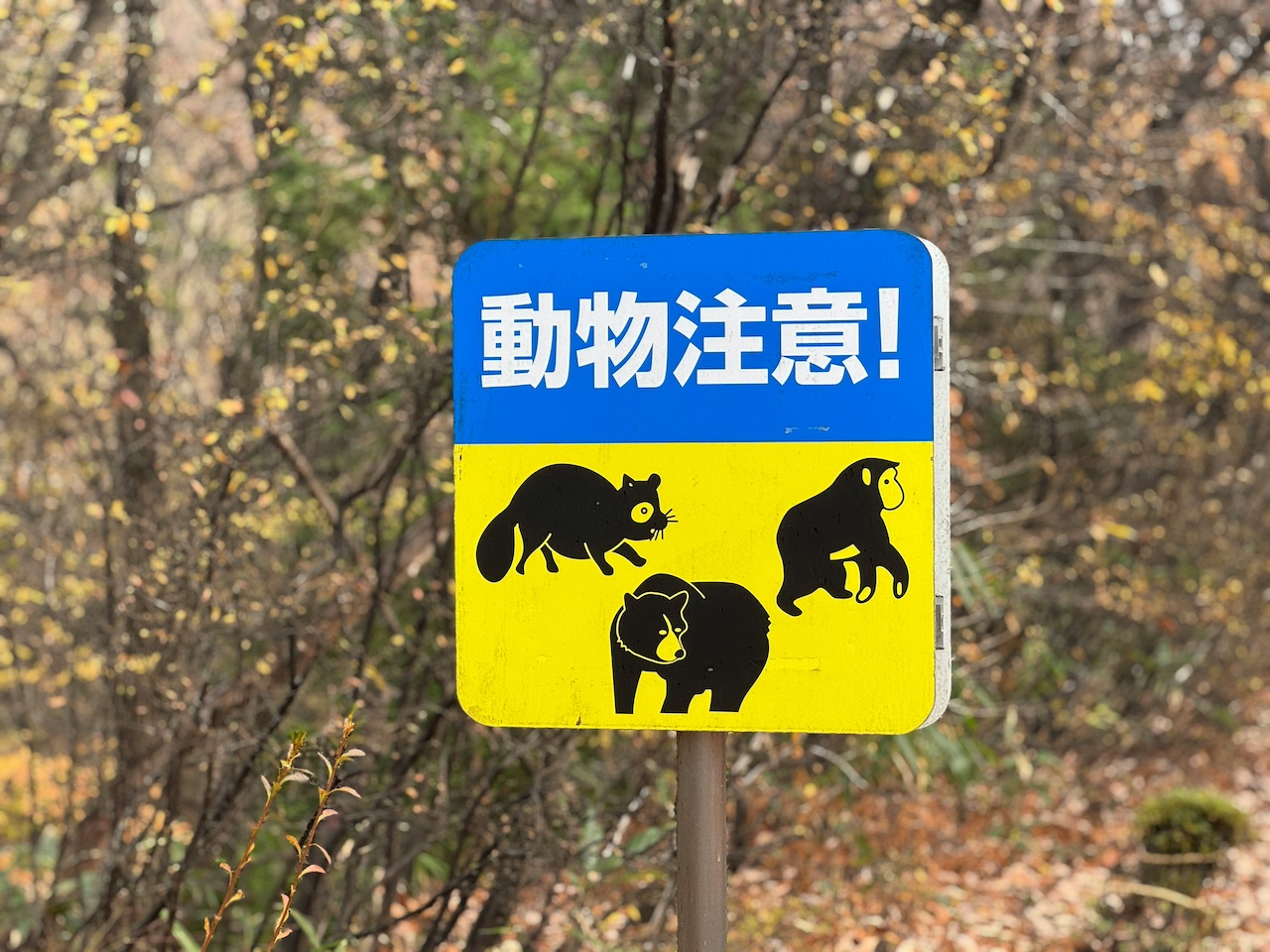A number of countries, including the United Kingdom and the United States, have updated their travel advisories for Japan as the country is experiencing a surge in bear sightings and attacks. While many of the incidents take place in far-off locations, a Spanish tourist was attacked last month in the popular mountain village of Shirakawa.
Although Asiatic black bears are listed as a vulnerable species globally, their numbers in Japan are on the rise. Research estimates that the bears have tripled in numbers since 2012, which can be explained by a decline in hunting. And while the fact that their numbers are growing could be a good thing, there is also a more negative side to the surge.
Climate change is rapidly changing the bears’ living environment. Their natural sources of food, including acorns and beechnuts, are growing more sparse due to global warming. Meanwhile, Japan’s rural villages are rapidly growing depopulated – meaning the bears are less afraid to approach villages, where they are likely to come across abandoned farm lands and orchards, with plenty of food. The rewards for getting closer to humans thus outnumber the risks.
This has led to a steady growth in the number of bear sightings and attacks. According to public broadcaster NHK, 220 people have been injured by bears since April 2025. 13 of those have died, including seven in the month of October, during which bears tend to forage intensively before starting their hibernation.
🇯🇵🐻 Recently, there have been more and more bear attacks in Japan. This is starting to become a serious problem in a lot of places.
One of our biggest problems is the lack of hunters. Most younger people have no interest in hunting. pic.twitter.com/LzNE6llK8z
— 鈴森はるか 『haruka suzumori』 🇯🇵 (@harukaawake) October 23, 2025
Tourism numbers may be impacted
Those numbers are historic and are now also interfering with the country’s tourism appeal. While many attacks took place in little-visited locations across Japan, a Spanish tourist was attacked last month in Shirakawa, a well-known spot amongst tourists, known for its thatched-roof cottages.
In an interview with Reuters, local official Shiroki Mitsunari (40) confirms that the number of bear sightings has steeply grown. As a kid, Mitsunari reportedly never saw a bear, while 100 have been reported so far in 2025. Since the incident with the Spanish tourist, six bears have been captured near Shirakawa using honey-laced traps, and he expects more are yet to come.
Given the growing number of bear attacks in Japan, several countries, including the United Kingdom and the United States, have issued travel advisories for those visiting.
“Bear sightings and attacks have increased in parts of Japan, especially in mountainous and forested areas, including near populated zones. Follow local advice and alerts, and take precautions if travelling in these areas. You should research the region to learn about the local wildlife; avoid walking alone in areas where bears have been sighted; take all rubbish with you, including food waste; and report any sightings to local authorities”, the UK’s Foreign Office states.
Local authorities in Japan, especially those in rural areas, are also weighing in on the matter. Hikers should be aware of the bear risk and are advised to walk in groups, as are children walking home from school. Bear bells can be bought locally, while authorities are testing barking drones to repel bears from orchards near villages and other likely targets.

